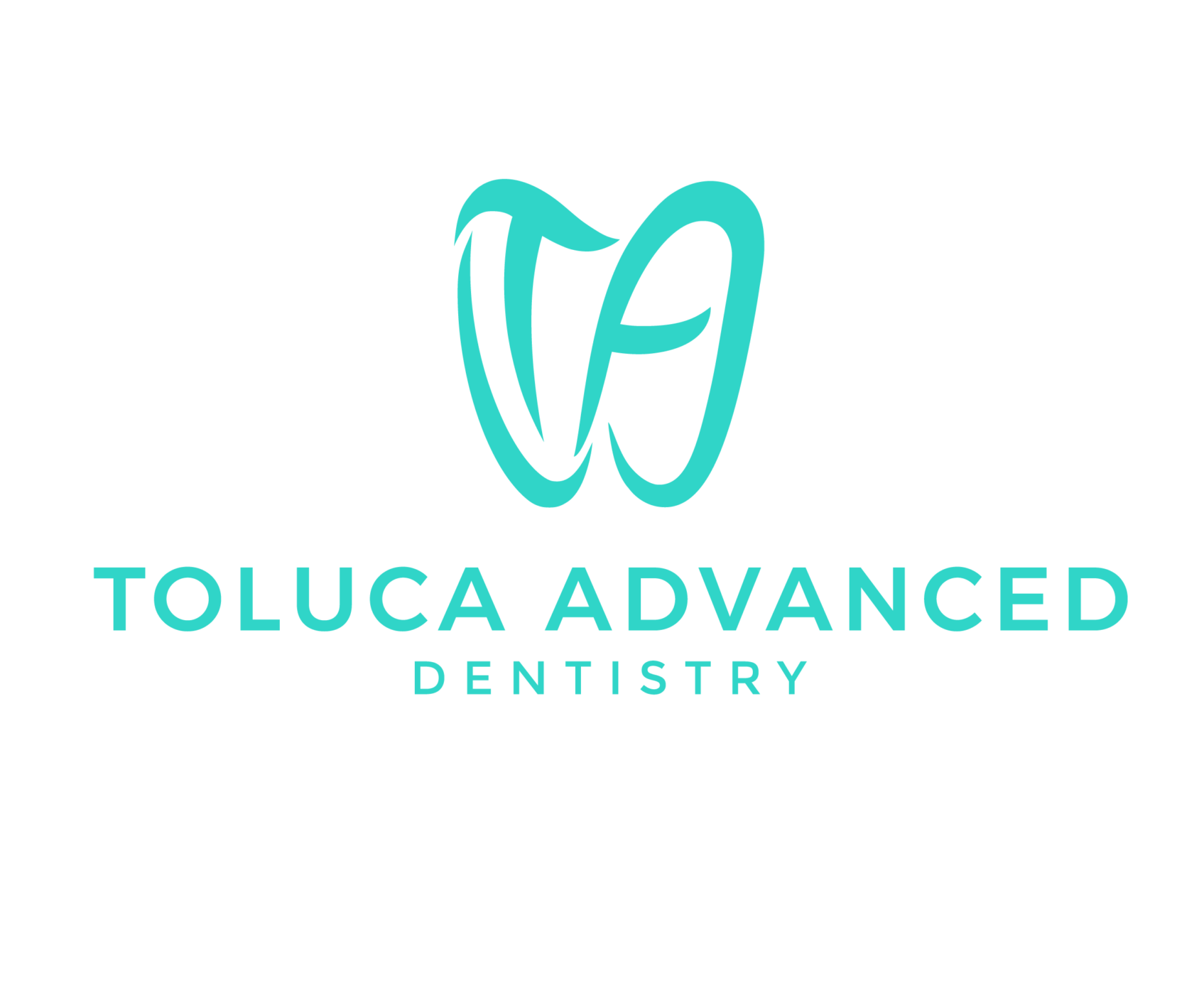A tooth abscess occurs when bacteria invade the tooth pulp. The tooth marrow is the innermost layer of the tooth, consisting of soft tissue containing blood vessels, nerves, and connective tissue. Bacteria enter the tooth through caries or fractures and cracks on the tooth and reach the root of the tooth. A bacterial infection causes swelling and inflammation in the mouth and teeth. The pus from the infection is pushed through a narrow space in which inflammation forms into a sac (abscess) at the tip of the tooth root, and as the pus builds up, an abscess forms.
A dental abscess will not go away on its own without treatment. If an abscess or pus-filled sac ruptures, the pain may be greatly reduced, but it still needs treatment. If the dental abscess does not drain, the infection may spread to the jaws and other parts of the head and neck. It may even cause sepsis or a blood infection, which is a widespread and serious threat. If your immune system is weak and you do not treat dental abscesses, the risk of spreading the infection to other parts of your body is much higher than for someone who has a healthy and strong immune system.
If the abscess is due to tooth decay or broken or cracked teeth:
The tooth and surrounding tissues are anesthetized and a hole is made from the top of the tooth to the inside.
Pus and dead tissue come out of the center of the tooth.
The inside of the tooth and its root canals are thoroughly cleaned and filled with a permanent substance.
A veneer is placed over the filled tooth to protect it.
If a dental abscess is due to an infection in the area between the teeth and the gums:
The abscess is removed and the site is thoroughly cleansed.
The root surface of the tooth becomes clean and soft.
In most cases, surgery or gingival reshaping is performed to prevent recurrence of the infection
Teeth should be extracted if:
Tooth decay or infection is so severe that it cannot be treated by filling or denervation.
A broken or cracked tooth is such that it cannot be repaired.
Infection or destruction of tissue (bone) between teeth and gums is very severe.
If a tooth is extracted, one of the following is used as a replacement:
Bridge
Implant
Dentures
Pharmacological treatments:
Antibiotics to remove the remnants of infections of the teeth or gums
Over-the-counter pain relievers such as ibuprofen or acetaminophen
Home treatment
While your dental abscess is healing, your dentist may also recommend the following to help reduce pain and discomfort:
Rinse mouth with warm salt water
Take over-the-counter painkillers if needed
Prevention
To prevent tooth abscesses, it is very important to prevent caries. The most important thing to prevent tooth decay is good care and oral hygiene. Things to consider are:
Drink water containing flouride
Brush your teeth at least twice a day with a toothpaste containing flora
Use dental floss or interdental cleaners to thoroughly clean the space between the teeth on a daily basis
Change your toothbrush every 3 to 4 months or whenever your bristles wear out.
Have a balanced diet and reduce the consumption of sugary foods and snacks
See your dentist regularly for professional checking and cleaning of your teeth
Use antimicrobial or flora mouthwashes to add a protective layer against tooth decay


